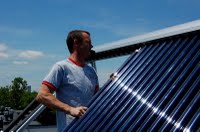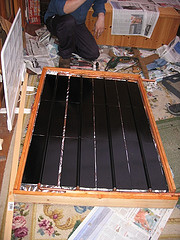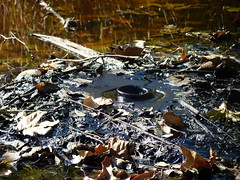 The Gulf Oil Spill has been the event at the top of everyone’s mind for many weeks now, almost to the point of our adapting to the initially shocking concept. The images that have surfaced have been heartrending enough, though, that the shock factor hasn’t been allowed to completely fade. Predictions of the results to come in the next weeks and months are concerning to say the least, and the estimate of how much has been leaking each day continues to rise. BP comes up with a new method to “fix” the problem every few weeks, each seeming promising with a side-serving of bad news. Effects on humans are starting to surface, some gruesome news and some simply tragic projections. With all of this on our plates, it’s understandably hard to think about, let alone discuss, other similar issues.
The Gulf Oil Spill has been the event at the top of everyone’s mind for many weeks now, almost to the point of our adapting to the initially shocking concept. The images that have surfaced have been heartrending enough, though, that the shock factor hasn’t been allowed to completely fade. Predictions of the results to come in the next weeks and months are concerning to say the least, and the estimate of how much has been leaking each day continues to rise. BP comes up with a new method to “fix” the problem every few weeks, each seeming promising with a side-serving of bad news. Effects on humans are starting to surface, some gruesome news and some simply tragic projections. With all of this on our plates, it’s understandably hard to think about, let alone discuss, other similar issues.
One more brick was added to the weight of environmental concern when, on June 11th, another oil spill was reported, this time in Utah. How could an oil spill happen in the middle of the continent? This time it wasn’t an oil rig that failed; in the mountains south of the Great Salt Lake, an oil-transporting pipeline was breached around 10pm. Residents who reported a strong petroleum scent around 7am the next day allowed for the leak to be stopped less than 24 hours after it began. Regardless of the speed with which it was stopped, 33,000 gallons of crude oil were leaked into Salt Lake City creeks and a pond- but not the Lake. Because of the national disappointment with and disdain for the oil giant BP, Chevron responded quickly and aggressively with cleanup devotions.
This leak was obviously a dramatically smaller scale than the spill in the Gulf of Mexico. Instead of a pipeline tapped directly into natural oil stores being busted, a quarter-sized hole was melted in the controllable pipe transporting oil in UT, and it was all over in 24 hours.
The BP underwater pipe has been gushing tens of thousands of gallons each day, for two and a half months. In the UT spill, around 300 Canada Geese and ducks were covered in oil, and fewer than 10 were killed; one endangered fish species was threatened by the spill. The Gulf of Mexico’s biota are threatened in a much, much broader sense- as you might imagine, considering the unimaginable quantity of poison being spewed into the ocean.
While much of the oil spilled in Utah has been cleaned up, the efforts in the Gulf of Mexico have comparatively only just begun. The estimated clean-up time is months, possibly years; the truth is that the effected coastlines (their ecosystems, their businesses, their citizens), especially those closer to the epicenter, may never recover.
While the Gulf oil spill eclipses other fossil fuel issues in the eye of society at present, it also brings an important topic right to the surface of the pile of important current issues, and in some cases inspires reflection.
Would we still be discussing the Utah oil spill, were the BP tragedy not over-shadowing its significance?
The answer is “Maybe not;” spills are not uncommon, mishaps at drilling sites are not uncommon. What makes the BP spill different is the enormous individual scale, proximity to affluent nations, and resulting publicity.
We do not often hear about the ill effects of the oil industry that are happening in less-fortunate regions of our world.
If we ignore the intense sociological disasters surrounding the oil industry in the Niger Delta region of Nigeria, there are statistics to look at that might make the president of BP’s hair curl. It’s estimated that from what are technically Shell and Chevron operations, there are three hundred small and large oil spills in this area each year, due to various factors including oil piracy, aging equipment, and worse-than-poor regulation. In this undeveloped region where locals see no benefit from the industry, oil spills surround the villages. An image of the ruined environment was painted potently by one BBC article;
“Visitors to the Nigerian village of Kpor, deep in the Niger Delta, are greeted by strange sights: silver frogs blink from gleaming puddles, sunlight bounces from an eerie black lake, and dragonflies hover over cauldrons of tar.”
This is a generally unillustrated tragedy, an example of what we are not seeing through the corporate veil. Information is not exposed for many reasons- too many to discuss here- but these events are significant enough to spend time digging for.
—-
Discussed above are only the results of our addiction to oil. What about the other common fossil fuels that we depend on? If we disregard the carbon emissions and their effects, related to burning any fossil fuels-
- Coal mining means mountain tops destroyed, geology and topography both obliterated as removed mountain tops are filled into valleys; this is not to mention the pollution nightmares that come along with mining, or the health risks: 11,000+ injured (lowest number ever recorded), 69 killed most recently.
- Natural gas mining–hydraulic fracturing/fracking— creates air-polluting ground-level ozone, poisons the surrounding groundwater and has severe effects on surrounding communities.
Maintenance of our presently strong socioeconomic bonds to fossil fuels are already fatal, both to operators and the surrounding environment. What will it be like when these limited resources begin to truly dwindle, when, if we haven’t changed the juice our society runs on, we are mining every potentially coal-filled mountain and drilling into every oil deposit the earth’s crust has left to offer? We can be assured worker safety and environmental health will not be more of a priority then, in the hour of desperation, than it is now.
It seems that now is time to start using the information we have already to start making changes in the way our energy system works.This is not to say that there won’t be risks associated with other energy practices, but after looking at the information surrounding the above-mentioned options, I would argue that finding an environmentally-friendly energy option that posed the same level of human and environmental health risks would be difficult. Environmental safety is an inherent property of an environmentally-friendly product, afterall.


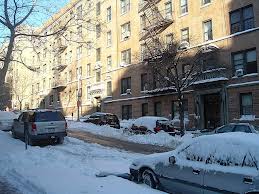
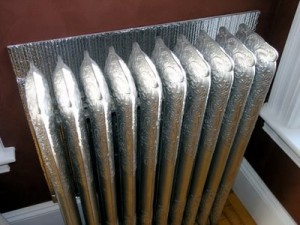
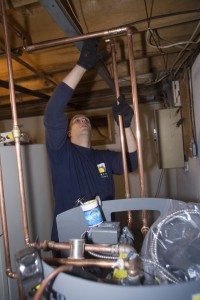
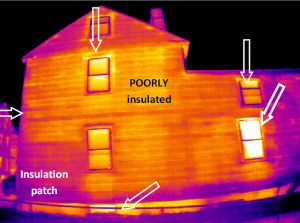

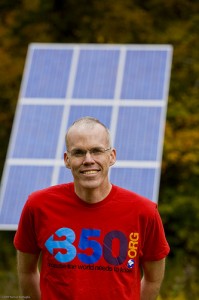 Under mounting pressure from 10-10-10 groups, 350.org’s Bill McKibben, and various other environmental activists, the Obama Administration
Under mounting pressure from 10-10-10 groups, 350.org’s Bill McKibben, and various other environmental activists, the Obama Administration 

